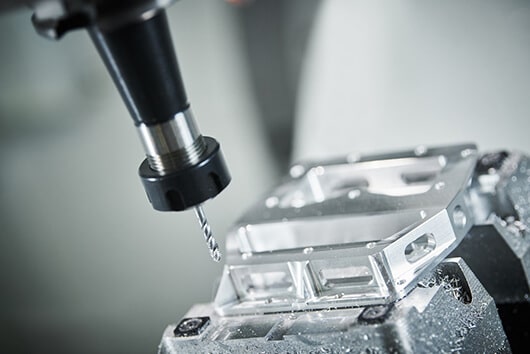Basic Guide To CNC Machining Tolerance
NC machining refers to the use of computer programming and electromechanical equipment to automatically process metal parts (and non-metallic) as required. CNC machine tools perform all operations on the workpiece according to the program and provide us with the final product.To get more news about
machining tolerances, you can visit runsom.com official website.
CNC machining refers to the use of computer programming and electromechanical equipment to automatically process metal parts (and non-metallic) as required. CNC machine tools perform all operations on the workpiece according to the program and provide us with the final product.
Although CNC machining service is very accurate in product size, it is not perfect. From the part material to the machining process used, various factors may lead to differences. Therefore, engineers assign machining tolerances to parts during the design process.

What is Machining Tolerance?
Machining tolerance, also known as dimensional accuracy, is the acceptable deviation of part size.
This is expressed as the maximum and minimum size limit of the part. If the size of the part falls between these limits, the part is considered to be within the tolerance range. However, if the size of parts exceeds these limits, these parts exceed the acceptable tolerance range and are considered unusable.
The machining tolerance usually starts with a ± symbol. For example, suppose a 2.0 "(50.8mm) high part requires a tolerance range of ± 0.005" (0.127mm). The variable height of the final part should be between 2.005 "(50.927mm) and 1.905" (48.387mm) to pass the quality inspection.
The tolerance can also be expressed in any decimal place. The more decimal places included, the tighter the tolerance. These different types of tolerances are expressed as follows:
What Are the Standard Machining Tolerances?
There is no true standard machining tolerance, mainly because different applications require different tolerances. However, some manufacturers and industry organizations have established standard tolerances they use or recommend for certain parts and materials. This is particularly true in the military and aerospace manufacturing industries.
Generally, the customer will provide the tolerance of their project to the mechanical workshop. Some mechanical workshops require customers to provide tolerances, but if not, other mechanical workshops operate according to the common tolerance list. For example, in SANS, our standard manufacturing tolerance is ± 0.004 "(0.1mm).
